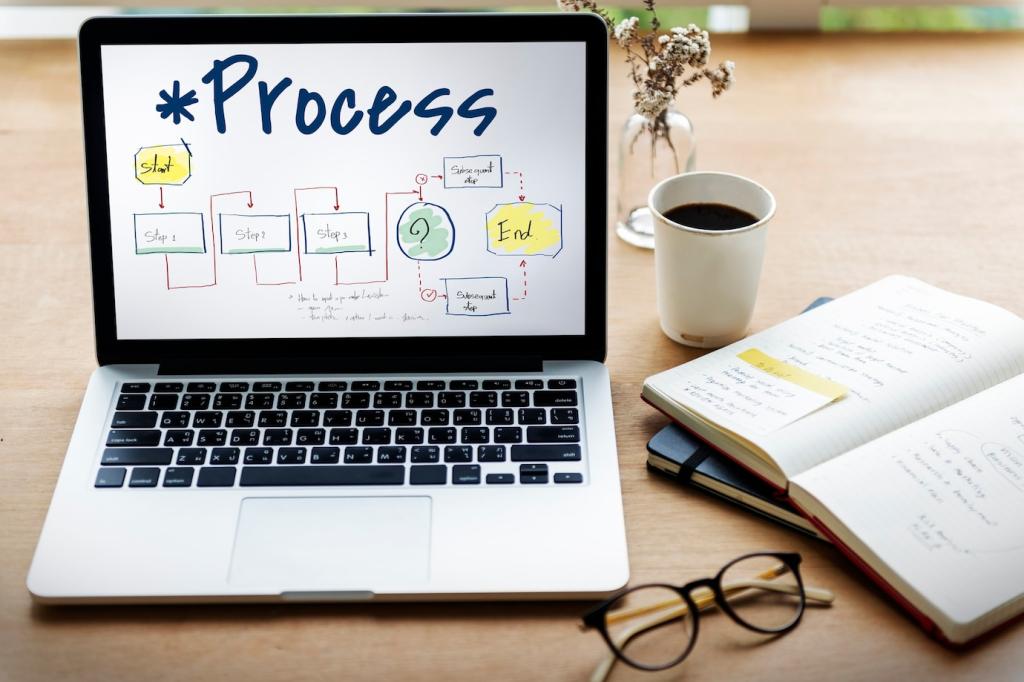Real-World Story: The HR Onboarding App
New hires waited days for laptop access, managers missed checklist steps, and HR lacked visibility. With multiple spreadsheets, updates slipped through cracks. The team needed a single source of truth, automatic reminders, and clear ownership without waiting months for custom development.
Real-World Story: The HR Onboarding App
HR mapped every step on a whiteboard, drafted fields, and created a role-based portal. Forms captured essentials, automations pinged IT, and dashboards showed progress by start date. A pilot with ten hires surfaced tweaks, then rollout expanded with confidence and enthusiasm.
Real-World Story: The HR Onboarding App
Provisioning time dropped by 60%, first-week satisfaction scores rose, and managers praised transparent checklists. IT reported fewer ad-hoc tickets. Most telling, HR now iterates monthly based on feedback, proving that ownership and agility can live comfortably outside traditional coding practices.





